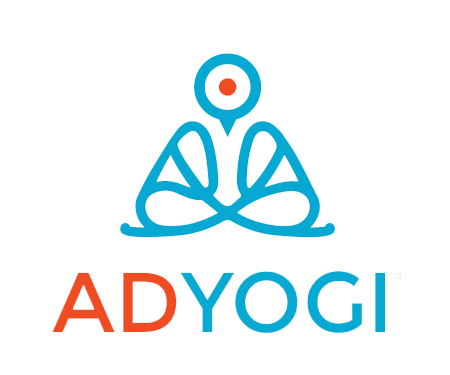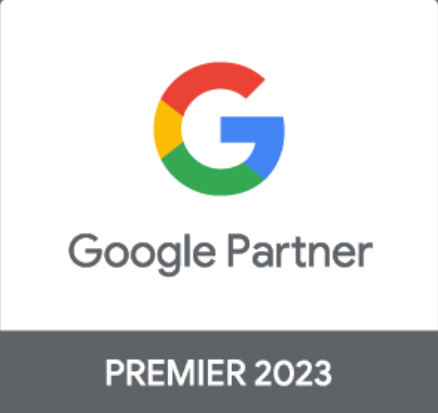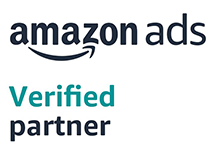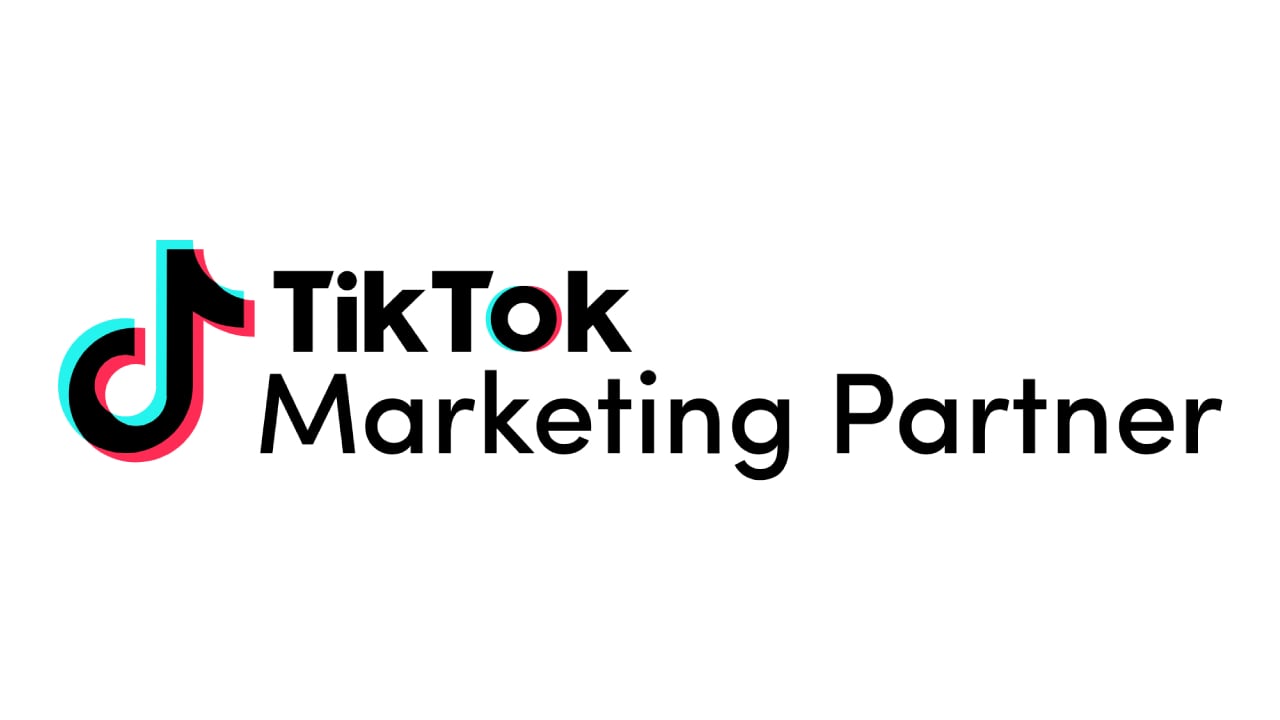Today’s world is all about automation and nothing much depends on manual work. The same is with marketing. In order to increase sales and productivity, new-age brands can be seen deploying software that use predefined rules to perform routine tasks "automatically". The features available in top marketing automation softwares like Adyogi can make day to day tactical work much easier. And this evolving technology helps you track leads and increase conversions while you focus on business boosting strategies.
Automated marketing can boost up sales by 14.5% and has become an integral part of digital marketing strategies. It can improve productivity, save time, and personalize customer experience at reduced costs by eliminating the need for various resources.
Here are the top features available at the AdYogi platform
Auto-rotate Ad text
Updating ads frequently is crucial for maintaining a healthy CTR%. It ensures that ad fatigue does not set in. A vital part of updating the ads is updating the ad text. This is where the auto-ad text rotation feature comes in. This feature allows us to add multiple ad text options while creating an ad. The system then keeps automatically shuffling between the given options.
Features
Updates the ad text every Monday. Helps in maintaining the engagement level and CTR% of the ads.
Helps in maintaining the engagement level and CTR% of the ads.
Helps in bringing down the frequent manual updates required to be made to an ad.
Custom ads- overlays
When you are struggling to compete with similar-looking posts consider using Overlays as this breaks the uniformity and makes it easier to catch users’ attention in the news feed since it refreshes the creative. It is a good way to avoid ad fatigue for the target audience. This feature on the AdYogi platform enables you to place different banners on your adverts allowing you to break the uniformity and grab user attention. Overlays for the festive season can increase CTR% by 20%.
Features-
- Customize your ads using different overlays like Brand, Price, Frame, Image overlays
- Give a fresh look to your creatives
- Increases brand recall
Custom ads - automatic update
With frequent changes in the price of products and products being out of stock, it becomes difficult to manage the list manually. The automatic update feature excludes all the Out Of Stock products, and also reflects price changes at regular intervals. This way you can make sure that users are seeing only Instock products in the adverts with updated regular/ discounted prices if any.
Features -
- Out-of-stock products are automatically excluded.
- All price changes reflect automatically
- Make sure users see the most up-to-date information.
Smart ads - exclude low value products
A brand always wants a customer to buy a product with high value but also has products with low price available on their websites. This feature on the platform enables you to exclude low-value products from catalog linked ads and increase overall AOV for the brand by upto 30%.
Features -
- Only show higher-value products to the prospective customers
- Use Smart Logics to exclude products based on selling price
Campaign recommendation
“Which campaigns will work the best for me”, “how do I optimize my budget” these are the most crucial decisions a brand has to make. But the campaign analysis tab helps to decide on how to optimize budgets between different campaigns that will enable you to plan ad strategies and drive conversions.
Features -
- Deeper insights to improve campaign performance
- Insights on whether to reduce budgets/ pause campaigns for low performing campaigns
- Arrows in the comparison view help to analyze the week-on-week performance.
Trend view
Metrics play a very important part in the success of a brand. So it is very essential to keep a check on the various metrics of an online store. Trend view keeps a record of all these metrics as it Includes important metrics like CTR, landing page, views vs link clicks, purchases, revenue etc. Each metric presented as a day-on-day graph.
Features -
- Unified view to compare data with important metrics like CTR, landing page views vs link clicks, purchases, revenue, etc.
- Each metric presented as a day-on-day graph
- Arrows in the comparison view help to analyze the week-on-week performance.
Creative editor
This feature allows you to make your creatives more engaging on our platform itself. The creative editor enables you to create single product videos and also upload your custom-made videos to the video library providing you with easy access. Additionally, you can upload custom-made overlays and create templates for your image creatives using this feature.
Features -
- Helps in increasing user engagement
- Create custom made videos
- Take advantage of different templates and custom made Overlays
Facebook budget optimization
The automatic Budget optimization feature will eliminate the manual work of increasing and decreasing the budget automatically based on the campaign performance. It can help us in spending the budgets on the right campaign.
Feature-
- Allows us to automatically update smart shopping campaign budgets at the chosen frequency depending upon the ROAS and the configuration set.
- If rules are set right will improve the overall ROAS in the longer run.
Default description
Product Descriptions highlight the features of your product along with technical specifications which are mentioned on the product page of your website. It gives shoppers a short description as to how the product can benefit them. When a Smart Shopping Ad appears for a search it is often a direct result of the information contained within the description field of the product feed. For this reason, description optimization should be of top priority if the focus is to maximize the Google Smart Shopping campaign's performance.
Feature
- Incorporating product descriptions to the feed also improves the Clickthrough rate and shopping ad visibility.
- Product descriptions play an important role in a Smart Shopping campaign's success.





-1.png)






